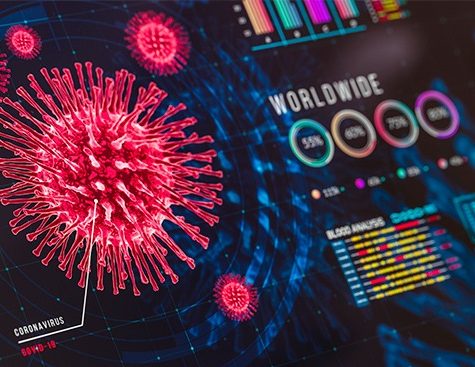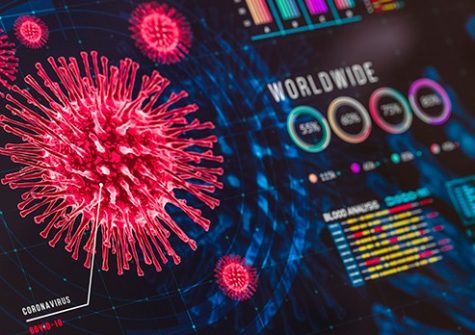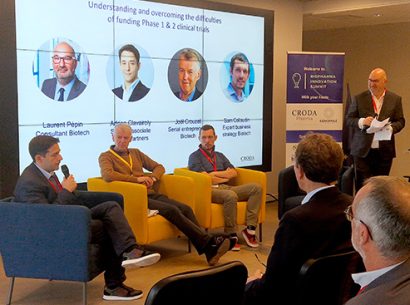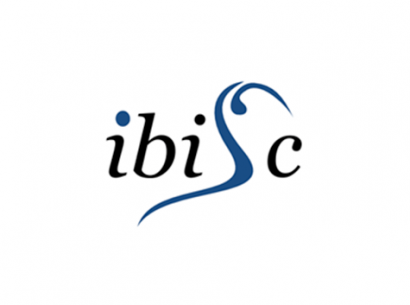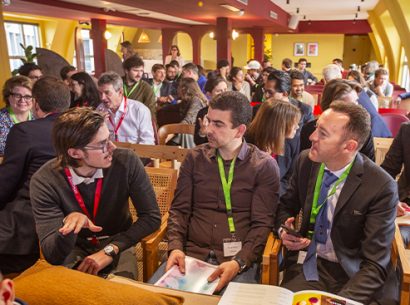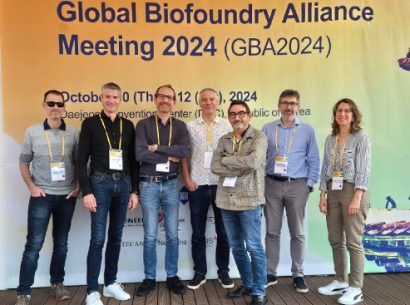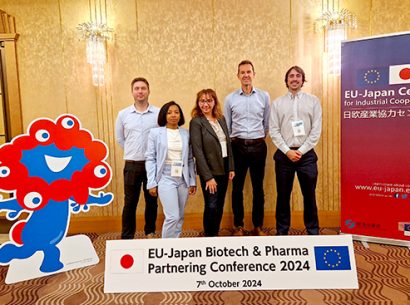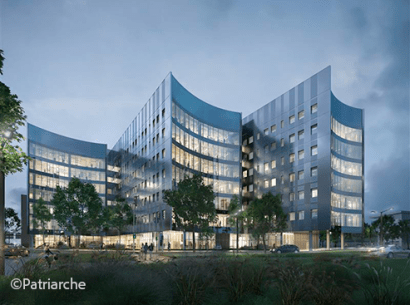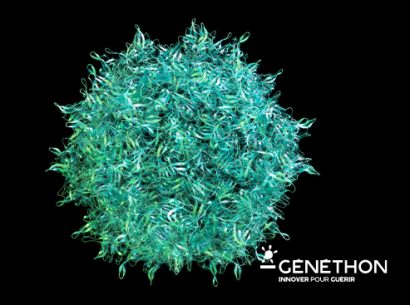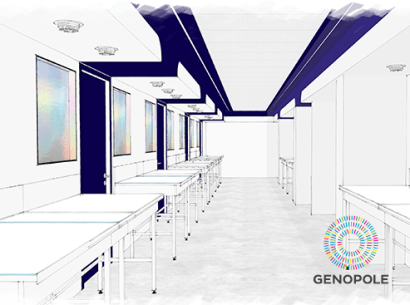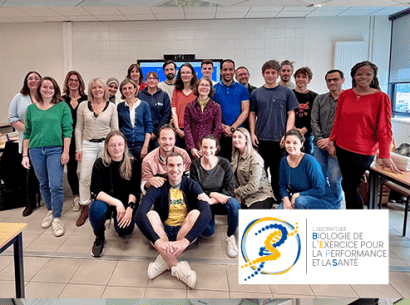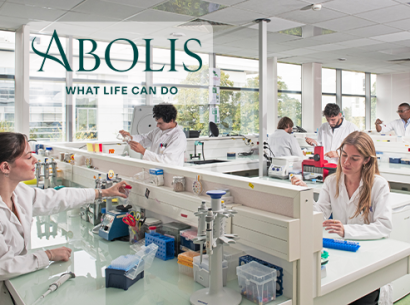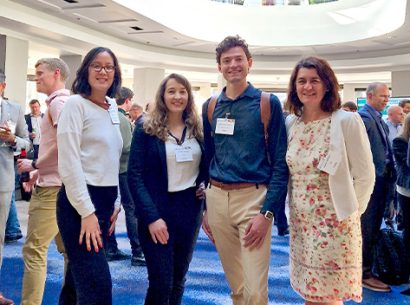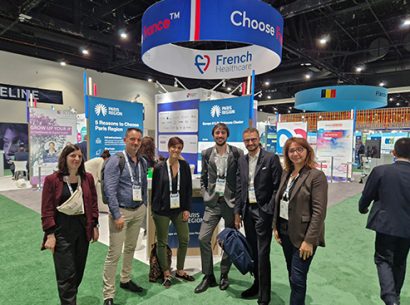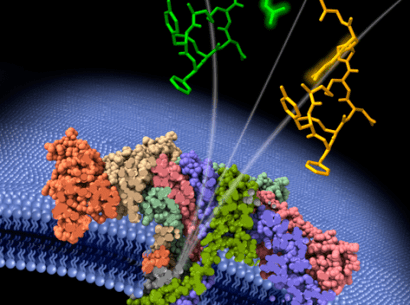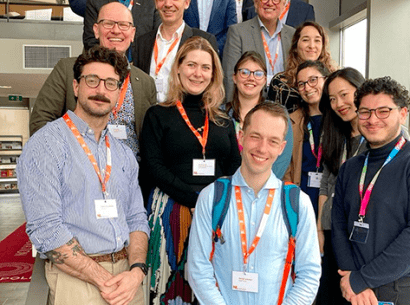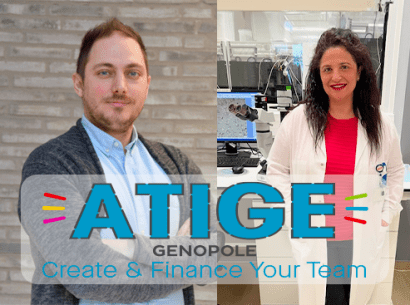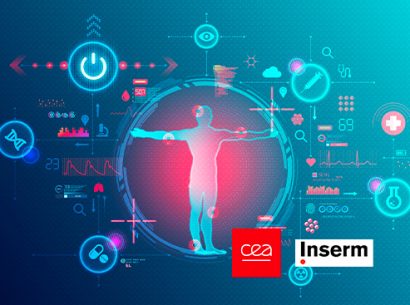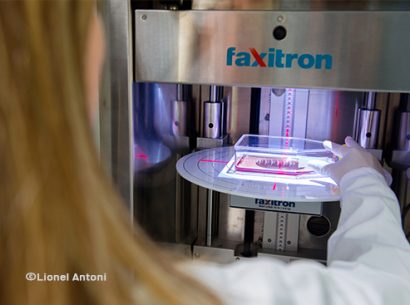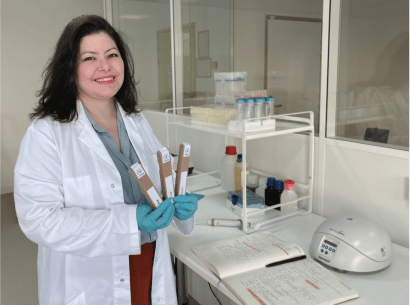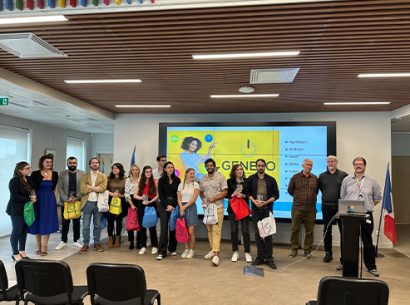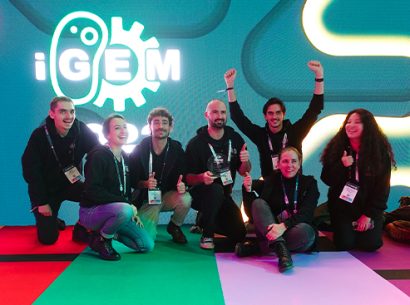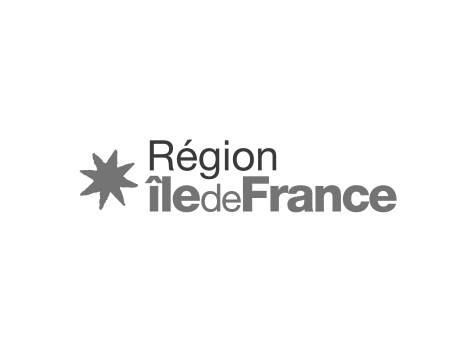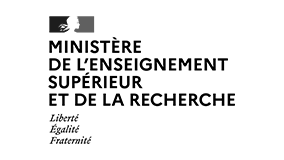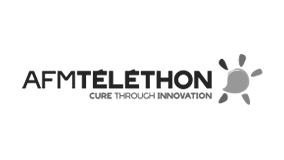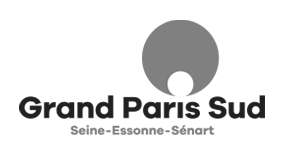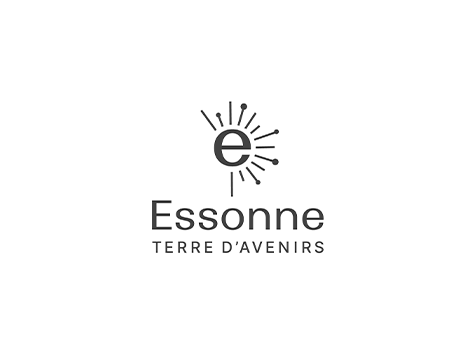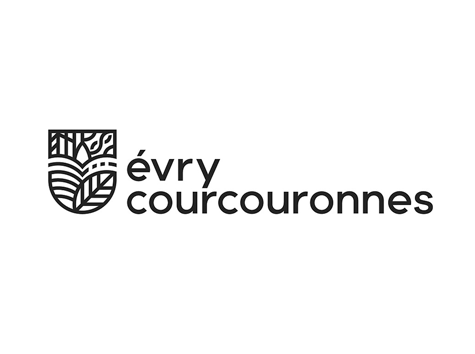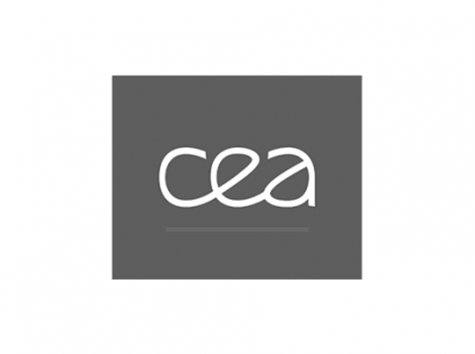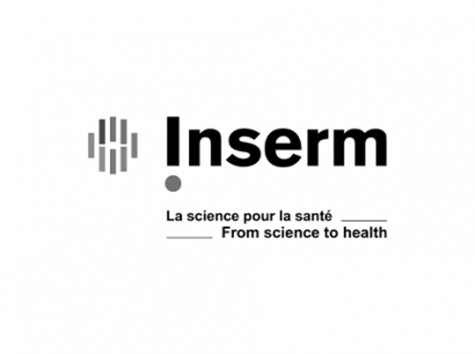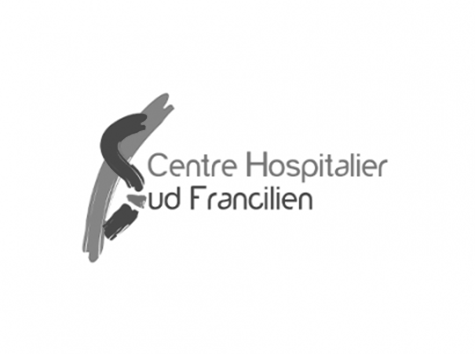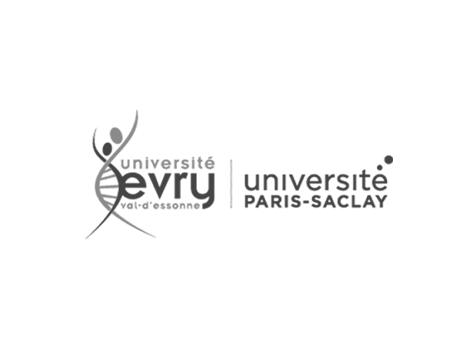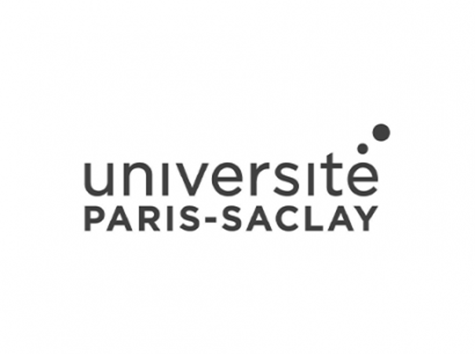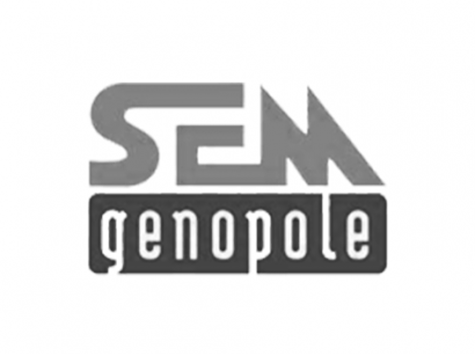Responding to a call made by the Disease Maps community, close to 200 scientists from 100 institutions in 24 countries are participating in the project.
The objective for this latter is to build a sole referential comprising the totality of scientific knowledge on SARS-CoV-2/human-host interactions and thus contribute to the identification of therapeutic possibilities.
This major collaborative project has resulted in a platform that is available to the entire scientific community and constantly evolving as knowledge on COVID-19 advances. Presented in the form of an interactive map, the platform compiles all available data on virus/human-host molecular interactions and their roles in the complex mechanisms of the disease: infection processes, biological pathways and affected cells, viral proliferation, inflammatory responses, etc. In this way, the contributors to the project hope to more effectively increase our understanding of COVID-19 and accelerate the development of diagnostics and therapeutics.
As the project’s modeling coordinator, Anna Niarakis will deploy the dynamic modeling tool she developed at Inria within the GenHotel laboratory originally for rheumatoid arthritis. That tool enables virtual testing of the effects of perturbations on disease course, particularly viral proliferation, cellular death and inflammation. By crossing such analyses with therapeutics databases, it becomes possible to identify drug candidates.

COVID-19 Disease Map
The COVID-19 Disease Map enables visual explorations and computational analyses of the molecular mechanisms involved in SARS-CoV-2 viral entry and multiplication, virus/host interactions, immune responses and cell recuperation. The main challenge it faces is to associate rapidity and reliability in the race against the unprecedented COVID-19 pandemic. This includes not only the exhaustive collection of data, but also the verification of the reliability of those data, which are often taken from increasingly present preprint articles. Bioinformaticians organize and explore those highly informative data then biologists, virologists and clinicians verify models.
COVID-19 Disease Map: providing all competencies
The active participation of close to 200 scientists provides all the competencies needed for a better understanding of COVID-19:
- the molecular and clinical aspects of the pathology;
- molecular interaction characterizations and systems biology schemas illustrating disease mechanisms;
- medical literature reviews;
- the integration of diverse databases and bioinformatics expertise;
- computational modeling to analyze disease-associated perturbations via systems biology approaches.
The initiative: mutualize expertise and energy to meet the challenges of COVID-19
The COVID-19 Disease Map project is an interdisciplinary effort involving researchers and clinicians with complementary competencies to rise to the challenge of COVID-19. It benefits from the participation of renowned international scientific groups that strengthen the project in a wide range of domains. The various project orientations progress together thanks to the volunteer work and enthusiasm of the project’s community.
The international scientific community’s massive participation in the project stands as a positive signal for the future, wherein all can indeed come together for a shared cause, achieve concrete results and accelerate the fight against a sinister disease.
The GenHotel lab actively engaged in the battle
Four people are in charge of managing and advancing the COVID-19 Disease Map project: Dr. Marek Ostaszewski (University of Luxembourg), Dr. Alexander Mazein (University of Luxembourg), Dr. Inna Kuperstein (Institut Curie) and Dr. Anna Niarakis (University of Évry, Paris-Saclay University).
Dr. Anna Niarakis is an associate professor at the University of Évry–Paris-Saclay and a researcher at GenHotel, the Genopole laboratory for complex diseases and rheumatoid arthritis. From day one of the project, she has been actively involved in several axes:
- project conception and management;
- map construction;
- development of data analysis pipelines and dynamic modeling.
She has teamed with Vidisha Singh, PhD student at GenHotel and Sara Sadat Aghamiri, Inserm engineer at the Saint-Louis Hospital and GenHotel to construct graphs of disease-associated biological mechanisms using SBGN (Systems Biology Graphical Notation Scheme) notation and MIRIAM (Minimum Information Required in the Annotation) identifiers.
Their team deploys competencies to construct large-scale molecular maps, including the recently-published rheumatoid arthritis map. (show map).
Dr. Niarakis also coordinates bioinformatics analysis and computational modelling for the COVID-19 Disease Map project. A program called CasQ, which she developed with Sylvain Soliman of INRIA-Saclay’s Lifeware team and recently published in Bioinformatics (read the article), is used in that setting to produce discrete models executable at a large scale from molecular maps.
The COVID-19 Disease Map objectives in brief:
The COVID-19 molecular map will:
- serve as a high-quality, complete, easily-accessed resource with human curation;
- provide integrated solutions for textual exploration and artificial-intelligence assisted data exploration for improved content conservation and enrichment;
- ensure free access to reusable and interoperable content that interfaces with other databases and data referentials;
- provide a multi-omic data analysis platform with assisting disease maps, drug repurposing information and clinical data integration systems;
- furnish a mechanistic model for the development of computer models for in silico simulations of combined perturbations (KO, KI) and predictions of novel therapeutic targets;
- act as a community hub enabling the development of state of the art technologies for tomorrow’s medical challenges.

